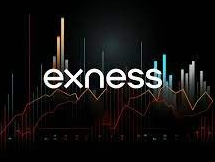
19 minute read
Does exness have volatility index
When delving into the world of trading, many investors and traders often seek platforms that offer a diverse range of instruments. One common question arises: Does Exness have volatility index? This inquiry leads to an exploration of volatility indices, their significance in forex trading, and whether Exness provides options for trading these unique financial products.
👉 Visit Website Exness Official ✅
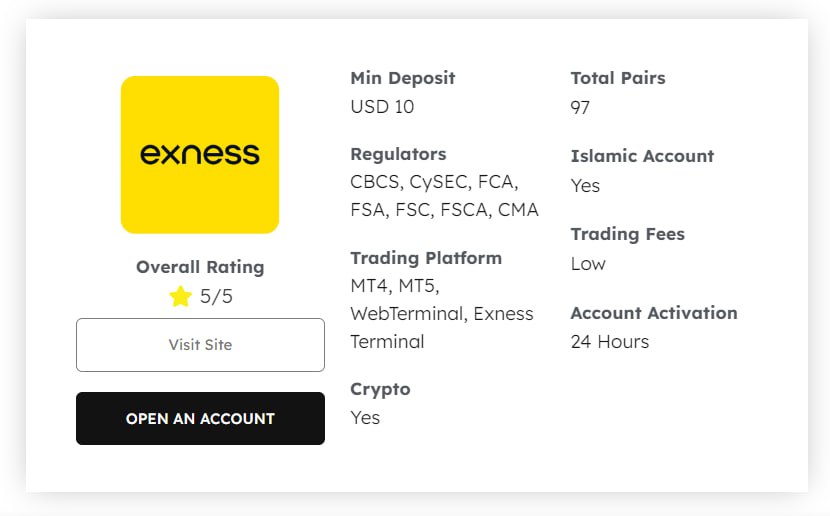
Exness and Volatility Indices: A Comprehensive Overview
Exness is a well-established forex broker known for offering a variety of trading instruments, including traditional currency pairs, commodities, cryptocurrencies, and indices. As the market evolves, the need for innovative trading instruments such as volatility indices has gained traction among traders seeking new opportunities.
Volatility indices are synthetic indices designed to measure market volatility rather than underlying asset prices. They provide traders with the ability to speculate on price fluctuations without being tied to specific assets or economic factors. Understanding how these indices work can help traders utilize them effectively in their trading strategies.
In this section, we will explore the features that define Exness as a trading platform and its approach towards volatility indices. We will also analyze the benefits of trading through Exness and what makes it appealing to both novice and experienced traders.
💥 Learn more: Exness broker reviews
The Reputation of Exness as a Trading Platform
Exness has made a name for itself in the trading community due to its strong commitment to transparency, customer service, and competitive trading conditions. The broker offers various account types tailored to different trading styles and preferences, ensuring that users can choose an option that works best for them.
Additionally, Exness is regulated by several financial authorities, which adds another layer of credibility and security for its users. This regulatory oversight means that traders can feel more confident when executing trades and managing their investments on the platform.
Moreover, Exness provides educational resources, webinars, and market analysis tools, making it easier for traders to make informed decisions. With a user-friendly interface and efficient trading execution, Exness caters to a wide range of traders, from beginners to seasoned professionals.
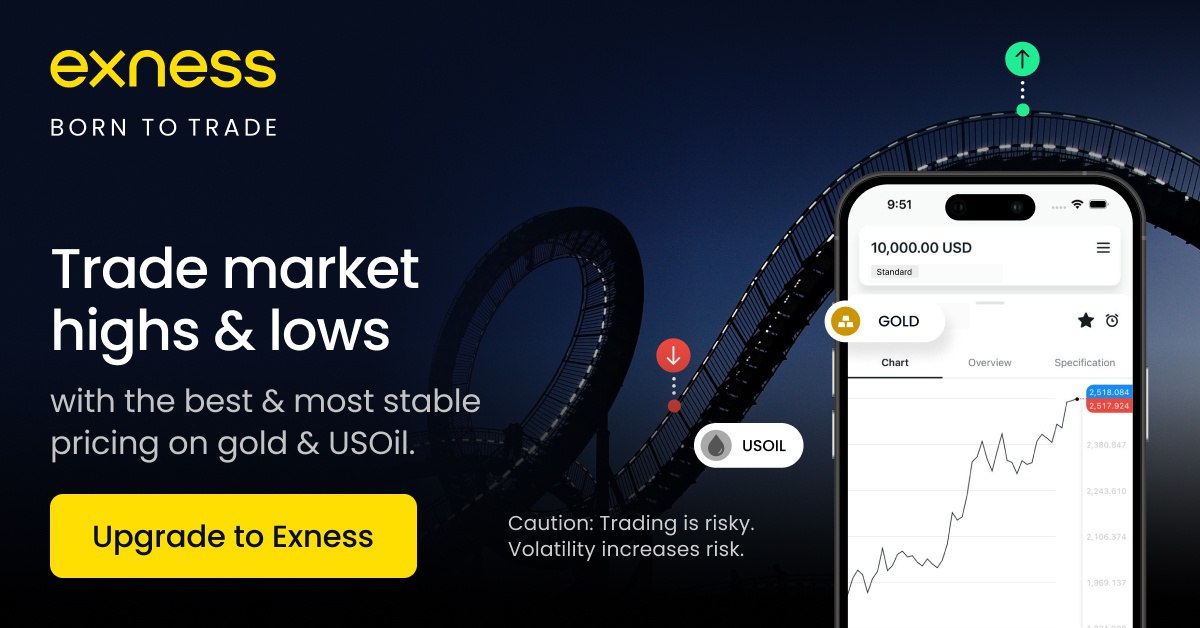
👉 Visit Website Exness Official ✅
The Emergence of Volatility Indices
The introduction of volatility indices has opened new avenues for traders looking to capitalize on market fluctuations. Unlike conventional assets, these indices reflect changes in market volatility, allowing traders to profit from price movements without relying on traditional factors such as earnings reports or macroeconomic events.
Volatility indices are particularly appealing for those who enjoy trading in fast-moving markets and are willing to embrace higher risk levels in exchange for potentially higher rewards. As the demand for these indices increases, brokers like Exness must adapt to meet the needs of their clients.
Benefits of Trading Volatility Indices
Trading volatility indices presents several advantages for traders:
Accessibility: Volatility indices trade 24/7, enabling traders to access the markets at any time.
Flexibility: These indices allow traders to employ various trading strategies, from scalping to long-term positions, depending on their risk tolerance and market outlook.
Reduced Correlation with Economic Factors: Since volatility indices are synthetic, they are less affected by traditional market drivers, providing a unique trading opportunity.
Overall, Exness's reputation, coupled with the advantages offered by volatility indices, positions it as an appealing choice for traders seeking to diversify their portfolios.
👉 Visit Website Exness Official ✅
Understanding Volatility Indices in Forex Trading
In order to fully appreciate whether Exness provides volatility indices, it's crucial to understand what these indices entail and how they operate within the context of forex trading.
What Are Volatility Indices?
Volatility indices are financial derivatives that simulate market volatility without being linked to specific assets. They are created using mathematical models that approximate the behavior of an underlying asset's volatility. This allows traders to engage with the market based purely on fluctuations, rather than fundamental trends or specific economic data.
Typically, volatility indices are categorized by their sensitivity to swings in market volatility. For instance, some indices may react more significantly to rapid price changes, while others might display less sensitivity. Traders can leverage these characteristics in their trading strategies.
Why Trade Volatility Indices?
Traders flock to volatility indices for several reasons, including:
Opportunities for Profit: High volatility can lead to significant price movements, creating potential opportunities for profits.
Diversification: Including volatility indices in a trading portfolio allows for diversification beyond traditional currency pairs and commodities.
Hedging Options: Traders can use volatility indices as a hedge against other investments, protecting their portfolios during uncertain market conditions.
Understanding the unique features of volatility indices equips traders with the knowledge needed to navigate these instruments confidently.
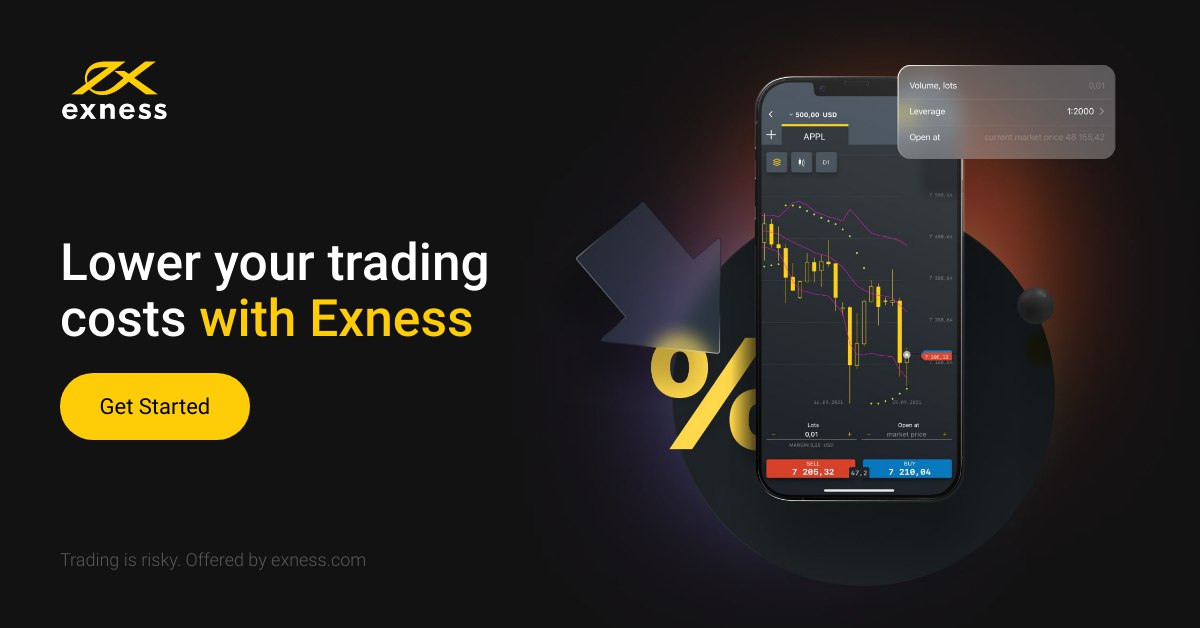
Key Characteristics of Volatility Indices
Several key characteristics define volatility indices:
Synthetic Nature: Since these indices are not based on real-world assets, they function independently of external economic factors. This independence creates a unique environment for traders to navigate.
Leverage Opportunities: Many brokers offer high leverage on volatility indices, allowing traders to control larger positions with a smaller capital investment.
Continuous Trading: Volatility indices typically trade around the clock, providing traders ample opportunities to enter and exit positions.
These characteristics make volatility indices an attractive option for speculative traders seeking dynamic trading environments.
👉 Visit Website Exness Official ✅
Does Exness Offer Volatility Indices? A Detailed Analysis
With a better understanding of volatility indices, the next logical step is to determine if Exness provides access to these instruments. The growing interest in trading volatility indices raises essential questions: Does Exness have volatility indices?
Availability of Volatility Indices on Exness
As of October 2023, Exness does indeed provide trading options for several volatility indices, including the popular volatility 75 index and volatility 100 index. Given the increasing popularity of these indices among traders, it is essential for platforms like Exness to offer access to them.
The availability of these indices indicates Exness's commitment to catering to the evolving needs of its customers. This broadens the scope of trading possibilities, allowing traders to capitalize on market volatility without the constraints typically associated with traditional assets.
Types of Volatility Indices Offered by Exness
Exness features various volatility indices, each with distinct characteristics. The two most notable indices include:
Volatility 75 Index: This index is characterized by high volatility levels, making it suitable for traders looking to take advantage of rapid price movements. It is one of the most traded indices on the Exness platform.
Volatility 100 Index: This index operates similarly to the volatility 75 index but tends to exhibit even more pronounced fluctuations. It provides additional opportunities for traders willing to embrace higher risks.
By offering a range of volatility indices, Exness enables traders to select the instruments that align best with their trading strategies and risk appetite.
👉 Visit Website Exness Official ✅
Exploring the Features of Volatility Indices on Exness
Traders utilizing Exness for volatility index trading can benefit from several advantageous features:
Advanced Charting Tools: Exness’s platform includes sophisticated charting tools that enable traders to analyze volatility indices effectively. This feature is critical for making informed trading decisions.
Competitive Spreads: Exness offers competitive spreads on volatility indices, reducing trading costs and enhancing profitability.
User-Friendly Interface: The Exness trading platform is designed for user-friendliness, allowing traders to execute orders quickly and efficiently, which is vital when trading volatile assets.
The combination of these features enhances the overall trading experience when engaging with volatility indices on Exness.
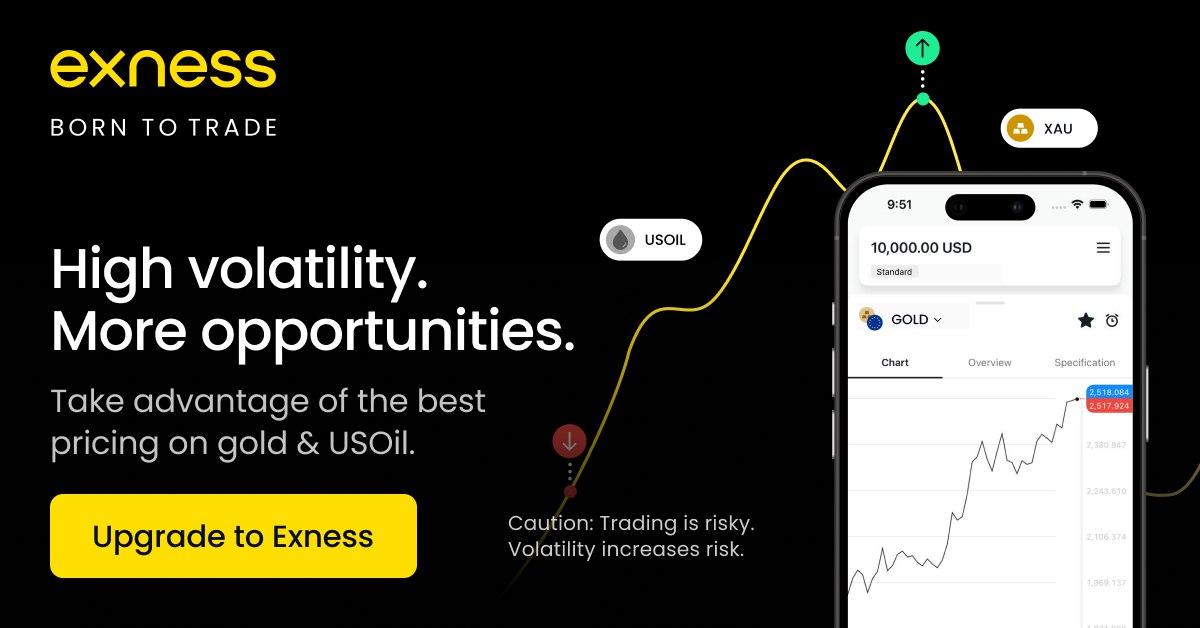
Exploring Exness's Trading Platform: Availability of Volatility 75 and 100 Indices
Having confirmed that Exness provides access to volatility indices, it is crucial to delve deeper into the specifics of the trading platform itself. A reliable and efficient trading platform can significantly impact a trader’s success, especially when navigating fast-moving instruments like volatility indices.
Overview of Exness Trading Platform
Exness offers multiple trading platforms, including the widely used MetaTrader 4 (MT4) and MetaTrader 5 (MT5). Both platforms are favored by traders for their versatility, advanced features, and extensive tools available for technical analysis.
In addition to the desktop version, Exness also provides mobile applications, enabling traders to monitor their positions and execute trades on-the-go. This flexibility and convenience play a crucial role in the trading experience, particularly for those engaged in volatility index trading.
Using MT4 for Volatility 75 and 100 Indices
Does Exness have volatility 75 index MT4? Yes, traders can access the volatility 75 index directly through the MT4 platform. Utilizing MT4 provides numerous advantages, including:
Customizable Indicators: Traders can implement various technical indicators to identify trends and potential entry and exit points for trading volatility indices.
Automated Trading Capabilities: MT4 supports automated trading through Expert Advisors (EAs), allowing traders to create and deploy algorithms that can execute trades based on predefined criteria.
Real-Time Market Analysis: The platform provides real-time market data, enabling traders to make timely decisions while trading volatile indices.
These features empower traders to optimize their trading strategies and enhance their performance when dealing with volatility indices on Exness.
👉 Visit Website Exness Official ✅
Navigating the Exness Trading Interface
The Exness trading interface is designed to facilitate ease of use and accessibility for traders at all experience levels. When trading volatility indices, traders can easily navigate the platform to find the desired instruments, place orders, and manage their positions.
The intuitive layout allows for quick access to charts, order execution, and account management, which is particularly important when trading highly volatile assets that require prompt decision-making.
Furthermore, Exness offers comprehensive educational resources and tutorials to assist traders in mastering their trading platform, ensuring they can maximize their trading potential with volatility indices.
Volatility Index Trading on Exness MT4: A Practical Guide
Now that we have established the availability of volatility indices on Exness, it is essential to provide practical guidance for traders looking to engage with these instruments using the MT4 platform.
Setting Up Your MT4 Account for Volatility Index Trading
To start trading volatility indices on Exness’s MT4 platform, you need to set up your trading account appropriately. Here are the steps involved:
Create an Exness Account: Register on the Exness website, providing the necessary details to create your trading account.
Choose the Right Account Type: Depending on your trading preferences, select an account type that suits your strategy. Consider factors such as leverage, spreads, and commission structures.
Download MT4: Once your account is set up, download and install the MT4 platform on your device. Alternatively, you can access the web-based version.
Login to MT4: Use your Exness login credentials to access your MT4 account. You can now start searching for volatility indices to trade.
Fund Your Account: Deposit funds into your trading account to ensure you have enough capital for trading.
Following these steps will enable you to set the stage for trading volatility indices on Exness using the MT4 platform.
👉 Visit Website Exness Official ✅
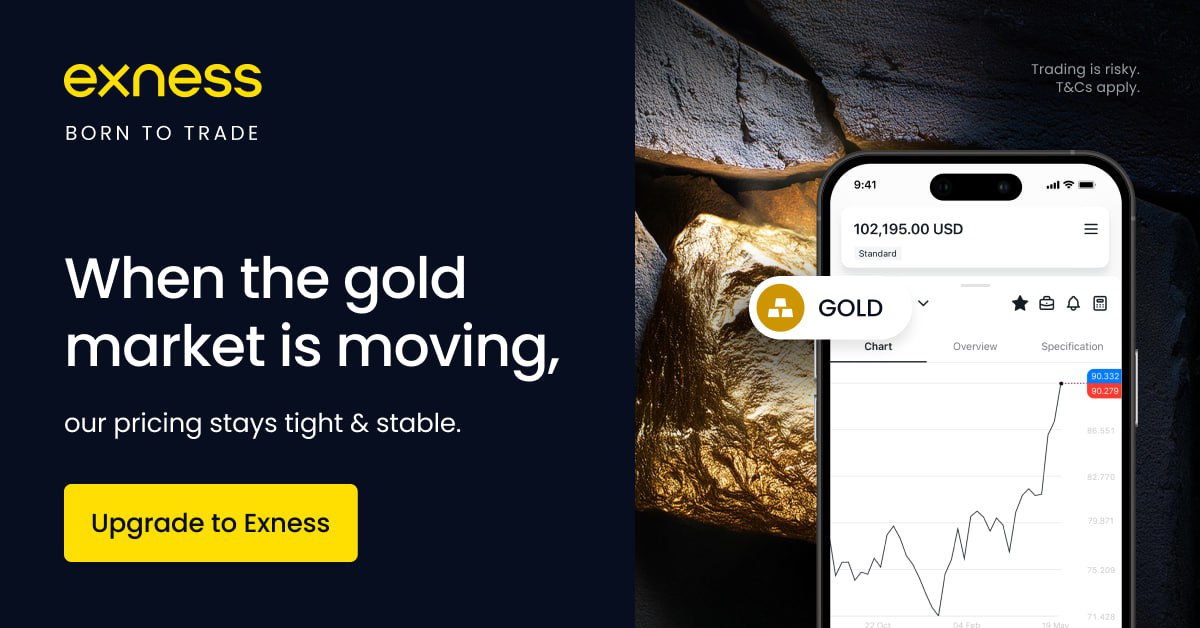
Analyzing Market Conditions for Volatility Indices
Effective analysis is essential for successful trading, especially with volatility indices. Traders should focus on various analytical techniques, including:
Technical Analysis: Utilize charts and indicators to identify patterns, support and resistance levels, and potential breakout points.
Market Sentiment: Gauge overall market sentiment to assess whether traders are leaning towards bullish or bearish positions, providing insights into potential price movements.
News Monitoring: Stay updated on any significant news events that may impact volatility, as these can influence price fluctuations on volatility indices.
By combining these analytical techniques, traders can develop a robust strategy for trading volatility indices effectively.
Executing Trades on Volatility Indices
Once you are ready to execute trades on volatility indices, follow these steps:
Select Your Index: From the MT4 platform, choose the specific volatility index you wish to trade (e.g., volatility 75 index).
Analyze Entry Points: Conduct your analysis to determine the optimal entry point based on your chosen trading strategy.
Place Your Order: Enter your desired position size and choose whether you want to go long (buy) or short (sell) based on your analysis.
Implement Stop-Loss and Take-Profit Levels: Set stop-loss and take-profit levels to manage risk effectively while trading volatility indices.
Monitor Your Trades: Regularly check your positions, adjusting your strategy as needed based on market developments.
By adhering to these guidelines, traders can confidently navigate the world of volatility index trading on Exness.
👉 Visit Website Exness Official ✅
How to Interpret and Utilize Volatility Indices on Exness
Interpreting and utilizing volatility indices effectively requires traders to grasp essential concepts and take advantage of features available through Exness's platform.
Understanding Price Movements in Volatility Indices
Price movements in volatility indices can be influenced by myriad factors. Traders should consider:
Technical Indicators: Employ indicators like moving averages, Bollinger Bands, and Relative Strength Index (RSI) to help identify trends and potential reversals.
Market Trends: Be aware of broader market trends and how they relate to volatility indices. Often, shifts in market sentiment can lead to increased volatility.
Historical Data: Analyze historical price movements to better understand how volatility indices have reacted to specific market conditions in the past.
This comprehensive understanding of price movements helps traders devise actionable strategies while engaging with volatility indices on Exness.
Risk Management Strategies for Volatility Index Trading
Risk management is paramount when trading volatility indices due to their inherent volatility. Consider implementing the following strategies:
Position Sizing: Determine appropriate position sizes to ensure that potential losses remain manageable and do not threaten your overall trading capital.
Stop-Loss Orders: Always use stop-loss orders to protect your investments and limit potential losses.
Diversification: Spread your investments across different volatility indices and other asset classes to mitigate risk exposure.
By incorporating effective risk management practices, traders can enhance their chances of success while navigating the challenges presented by volatility indices.
👉 Visit Website Exness Official ✅
Tracking Performance and Adjusting Strategies
Regularly tracking your performance is crucial for continuous improvement as a trader. Keep detailed records of your trades to evaluate what works and what doesn't. Identify patterns in your trading behavior, and adjust your strategies accordingly.
Utilize Exness's reporting tools to monitor your trading performance over time, gaining insights into areas where adjustments may be necessary. Continuous learning and adaptation are key components of long-term trading success.
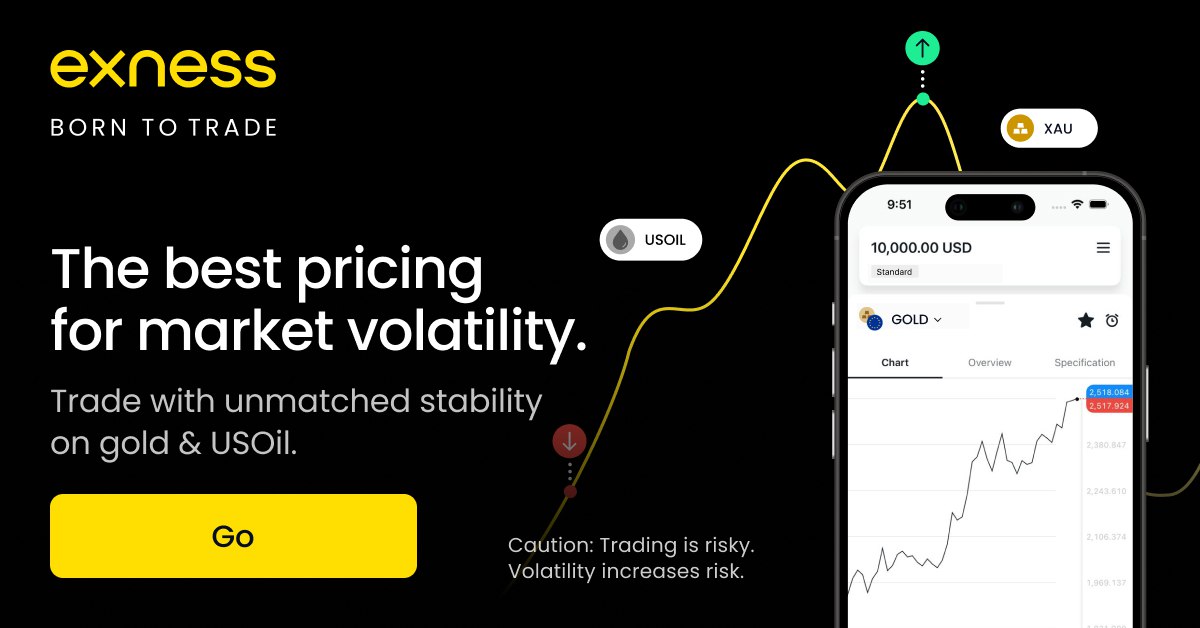
Comparing Volatility Indices (50, 75, 100) on the Exness Platform
With the availability of multiple volatility indices, traders may wonder how they compare. Understanding the distinctions between the volatility 50, 75, and 100 indices allows traders to make informed choices aligned with their trading goals.
Overview of Different Volatility Indices
While all volatility indices share similar characteristics, they differ in terms of sensitivity and price action:
Volatility 50 Index: Generally exhibits moderate volatility, making it suitable for traders who prefer balanced risk and reward scenarios.
Volatility 75 Index: Known for its higher volatility, this index attracts traders looking for more aggressive price movements and opportunities for profit.
Volatility 100 Index: Characterized by extreme volatility, traders engaging with this index must be comfortable with rapid price fluctuations and associated risks.
Understanding these differences helps traders align their strategies with the specific characteristics of each index, tailoring their approach to suit their individual risk tolerances.
Choosing the Right Index for Your Strategy
When selecting the appropriate volatility index for trading, consider your individual trading style and risk appetite:
Scalpers: Traders who employ scalping strategies may prefer the volatility 75 or 100 indices for quick, high-frequency trades.
Swing Traders: Those who adopt swing trading strategies may find the volatility 50 index more aligned with their objectives, allowing for relatively steady price movements.
Long-Term Traders: Investors looking for longer-term positions may gravitate toward the volatility 50 index to reduce exposure to sudden price swings.
Evaluating your trading style in conjunction with the characteristics of each volatility index enables you to make better-informed decisions on which index to trade.
👉 Visit Website Exness Official ✅
Impact of Market Events on Volatility Indices
Market events, such as economic releases or geopolitical developments, can significantly impact volatility indices. Understanding how these events affect different indices is crucial for traders:
Volatility 75 and 100 Indices: These indices tend to react more dramatically to market events, leading to heightened price swings.
Volatility 50 Index: While still responsive to market events, this index generally exhibits more moderate reactions compared to its 75 and 100 counterparts.
Awareness of how market events influence each index helps traders prepare their strategies and navigate potential pitfalls associated with sudden volatility spikes.
Strategies for Trading Volatility Indices on Exness
Developing a robust trading strategy is essential for success when trading volatility indices on Exness. Below are some effective strategies to consider.
Trend Following Strategies
Trend following involves identifying and capitalizing on prevailing market trends. Traders can employ the following approaches:
Moving Averages: Use moving averages to determine trend direction and potential reversal points. Crossovers between different moving averages can signal entry and exit points.
Breakout Trading: Focus on breakouts from key support and resistance levels. A breakout often signals the beginning of a new trend, presenting potential trading opportunities.
By aligning your trading strategy with prevailing market trends, you can increase the likelihood of successful trades.
Scalping Techniques
Scalping is a high-frequency trading strategy aimed at capturing small price changes over short periods. Successful scalping in volatility indices can involve:
Rapid Order Execution: Timing is critical; use Exness's fast execution capabilities to enter and exit positions swiftly.
Small Profit Targets: Instead of aiming for large price moves, target smaller profits with each trade, compounding gains over time.
Scalping requires discipline and quick decision-making, making it an exciting yet demanding strategy within the realm of volatility indices.
Range Trading Approaches
Range trading involves buying and selling within established price ranges. This strategy can be particularly effective in sideways markets. To successfully implement range trading on volatility indices:
Identify Support and Resistance Levels: Look for established levels where the price has repeatedly reversed direction.
Use Oscillators: Incorporate oscillators like RSI or Stochastic indicators to confirm overbought or oversold conditions within the range.
Range trading can offer consistent opportunities for profit, especially when combined with proper risk management techniques.
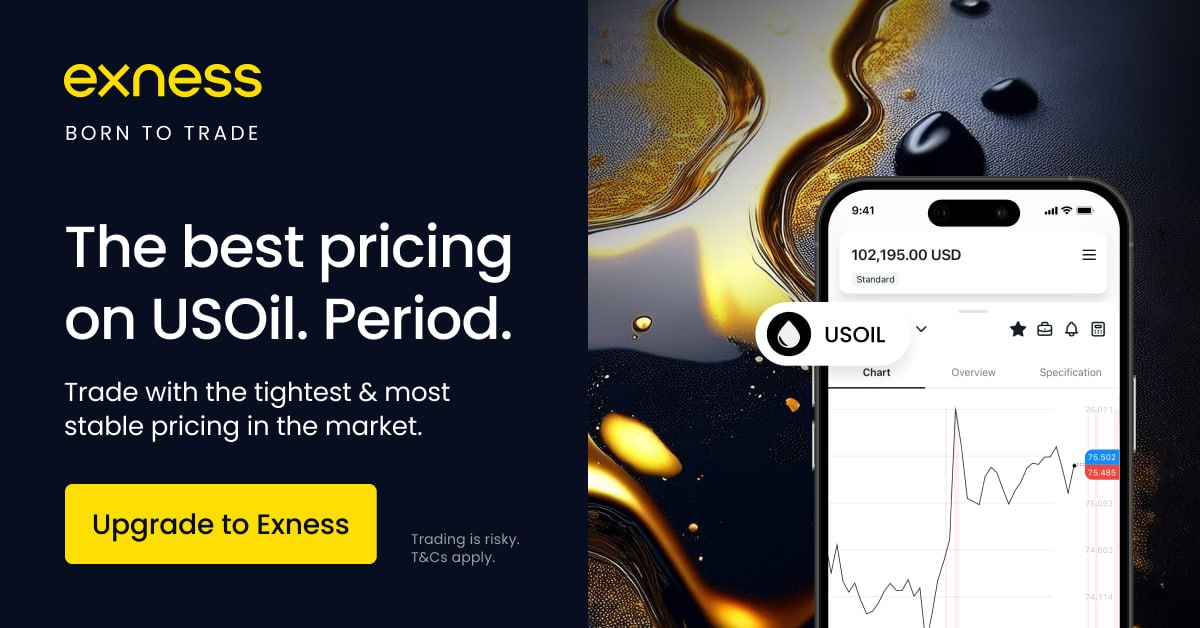
Risk Management Considerations When Trading Volatility Indices with Exness
As with any form of trading, risk management is paramount in ensuring long-term success when trading volatility indices. Below are key considerations for traders on the Exness platform.
Establishing a Risk Tolerance Level
Before you begin trading, it is crucial to establish a clear risk tolerance level. Consider factors such as:
Overall Financial Situation: Assess your financial stability and the funds you can afford to lose without causing undue stress.
Trading Experience: Understand your level of experience and comfort with volatility, as this can impact your risk appetite.
Establishing a clear risk tolerance helps guide your trading decisions and ensures that you remain disciplined during periods of volatility.
Implementing Stop-Loss Orders
Stop-loss orders are essential tools for managing risk when trading volatility indices. By setting predetermined exit points, traders can minimize potential losses:
Position Size Calculation: Calculate appropriate position sizes based on your stop-loss distances to ensure that any losses remain within your risk tolerance.
Adjusting Stop-Loss Levels: As the trade progresses positively, consider trailing stop-loss orders to protect profits while allowing for further upward movement.
Using stop-loss orders effectively reduces emotional decision-making and enhances overall trading performance.
Diversification Strategies
Diversifying your trading portfolio can help mitigate risk exposure when trading volatility indices:
Trade Multiple Indices: Engage with a mix of volatility indices (e.g., 50, 75, and 100) to spread risk across different instruments.
Incorporate Other Asset Classes: Consider adding traditional forex pairs or commodities to your trading portfolio, which can help balance your overall exposure.
Diversity fosters resilience in your trading strategy, allowing for better management of risk across multiple instruments.
Exness Volatility Indices: Frequently Asked Questions and Answers
As traders explore the landscape of trading volatility indices on Exness, several common questions arise. Below are answers to frequently asked queries.
Can I trade volatility indices on Exness using a demo account?
Yes, Exness offers a demo account that allows traders to practice trading volatility indices without risking real capital. This is an excellent way to familiarize yourself with the indices, sharpen your strategies, and build confidence in your trading skills.
What are the spreads like for volatility indices on Exness?
Exness typically offers competitive spreads for volatility indices, although these can vary depending on market conditions. It's advisable to review the specific spreads for each index on the Exness trading platform before executing trades.
Is there a minimum deposit required to begin trading volatility indices on Exness?
Yes, Exness has a minimum deposit requirement, which may vary depending on the account type you choose. Review the deposit requirements on the Exness website to determine the necessary amount to start trading volatility indices.
Are there any fees associated with trading volatility indices on Exness?
While Exness does not charge commissions for trading volatility indices, traders should be aware of potential overnight financing fees (swap rates) applicable to positions held overnight. Review the trading conditions on the Exness platform for specific fee structures.
By addressing these common inquiries, traders can better navigate the process of trading volatility indices on Exness.
Conclusion
In conclusion, the question of Does Exness have volatility index? can be answered affirmatively, as Exness offers a range of volatility indices, including the volatility 75 and volatility 100 indices. Traders looking to diversify their strategies and capitalize on market fluctuations can find valuable opportunities within the realm of volatility indices on Exness.
As demonstrated, volatility indices serve as innovative financial instruments that enable traders to profit from price movements without being bound by traditional asset dynamics. The advantages of trading on the Exness platform—such as competitive spreads, advanced charting tools, and a user-friendly interface—enhance the trading experience for both novice and experienced participants.
Through comprehensive analysis, risk management strategies, and the application of informed trading techniques, traders can navigate the volatility indices landscape with confidence. Whether utilizing the MT4 platform or exploring alternative strategies, Exness stands as a formidable choice for those looking to engage with volatility indices.
Ultimately, the journey of trading volatility indices is one that demands continuous learning, adaptation, and a willingness to embrace both opportunities and challenges. By cultivating a solid understanding of these instruments and employing effective trading strategies, traders can unlock their full potential in the vibrant world of volatility index trading.
💥 Read more:
Download the latest MT5 Exness for free, with instructions on how to install MT5 on mobile and computer
Exness trading tutorial for beginners, trade Forex with confidence, easy to start, real profit
What time does the XAUUSD market open in Exness? Know the real-time gold trading time










